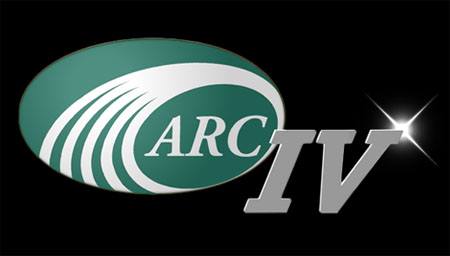 The Automotive Research Center (ARC) is celebrating more than its 20th anniversary this year. The Center is also able to continue to thrive thanks to a $40 million, five-year contract renewal with the United States Army Tank Automotive Research, Development and Engineering Center (TARDEC). Since its inception, the ARC has served as a hub for basic scientific research to support the modeling and simulation of basic ground vehicles. The multi-university consortium led by U-M was created in 1994 and this contract renewal will mark the Center’s fourth phase of funding. Current members of the consortium are Clemson University, University of Iowa, Oakland University, Virginia Tech, and Wayne State University. In the past, it has included diverse institutions such as University of Wisconsin, Madison, Howard University, University of Tennessee and University of Alaska, Fairbanks.
The Automotive Research Center (ARC) is celebrating more than its 20th anniversary this year. The Center is also able to continue to thrive thanks to a $40 million, five-year contract renewal with the United States Army Tank Automotive Research, Development and Engineering Center (TARDEC). Since its inception, the ARC has served as a hub for basic scientific research to support the modeling and simulation of basic ground vehicles. The multi-university consortium led by U-M was created in 1994 and this contract renewal will mark the Center’s fourth phase of funding. Current members of the consortium are Clemson University, University of Iowa, Oakland University, Virginia Tech, and Wayne State University. In the past, it has included diverse institutions such as University of Wisconsin, Madison, Howard University, University of Tennessee and University of Alaska, Fairbanks.
The ground vehicles of the Army went through significant changes over the past two decades in response to changing threats and operational needs. They became safer, smarter, more powerful, more flexible, and more fuel efficient, and, the ARC has been a critical research partner along the way. “The renewal of our contract is a welcome acknowledgment of the quality of work the ARC has been doing since 1994 and that our work continues to be relevant and important for the Army as well as for industry,” said ARC Director and U-M ME Professor Anna Stefanopoulou.
Over the years the ARC has had both scholarly and commercial impact through its five research thrust areas: Dynamics and Control of Vehicles; Human Centered Modeling and Simulation; High Performance Structures and Materials; Advanced and Hybrid Powertrains; and Vehicle System Integration, Optimization and Robustness. The research findings across all five areas have helped ARC partners improve product development and make both commercial and military vehicles safer and more efficient.
“It’s vital that we work to further enhance the collaborative environment the ARC provides. As the Center continues to grow and develop, we’re better able to address important multidisciplinary and dual-use research issues,” said Jack Hu, U-M Interim Vice President for Research.
Some of the ARC’s accomplishments over the past two decades include virtual prototypes to support design and control of vehicles powered by alternative energy sources, full vehicle system simulations to reduce cost, energy, emissions and fatalities and demonstration of the value of modeling and simulation to TARDEC that led to its adoption of computational analysis in many of its processes.
“Through collaborative explorations, educational efforts, and technology transfer initiatives, the ARC has contributed important design tools for military and commercial vehicles,” said TARDEC Chief Scientist Dr. David Gorsich. “ARC projects have involved investigators and students working together on leading-edge fundamental research across a range of disciplines. These robust teams have pushed boundaries of vehicle mobility, survivability, and operational efficiency with great success, leading to more than 700 publications with 23 best paper awards, eight books, and two special journal issues in the past 10 years.”
With this continued funding, the ARC will be able to continue to create breakthrough engineering that will lead to increased levels of autonomy, better protected mobility, and higher power density and energy efficiency. Vehicles will be more adaptive and responsive, will minimize physical and cognitive load on the user, will feature lightweight yet reliable structures, will have highly efficient and fuel neutral powertrains, and will operate seamlessly as a system. The impact of the ARC research will not only be seen at the vehicle level, but also at the fleet level through new concepts such as modular fleets. The modeling and simulation capabilities developed in the ARC will lead to shorter development timelines. Stay tuned to see what the next five years will bring.